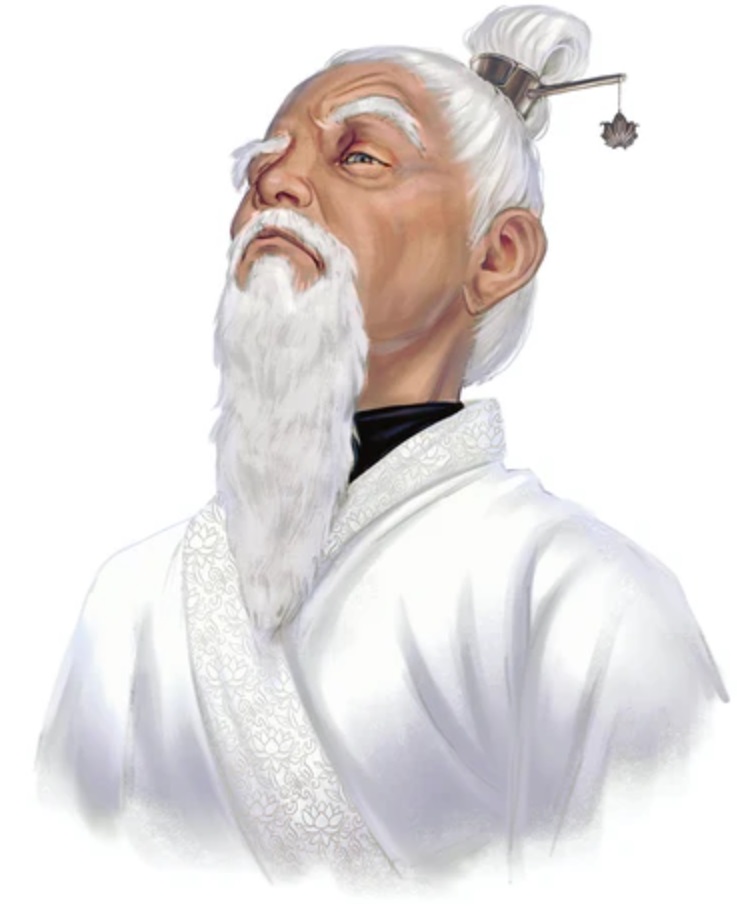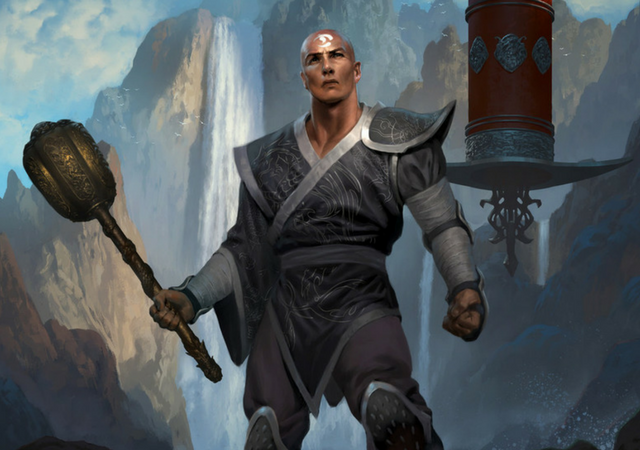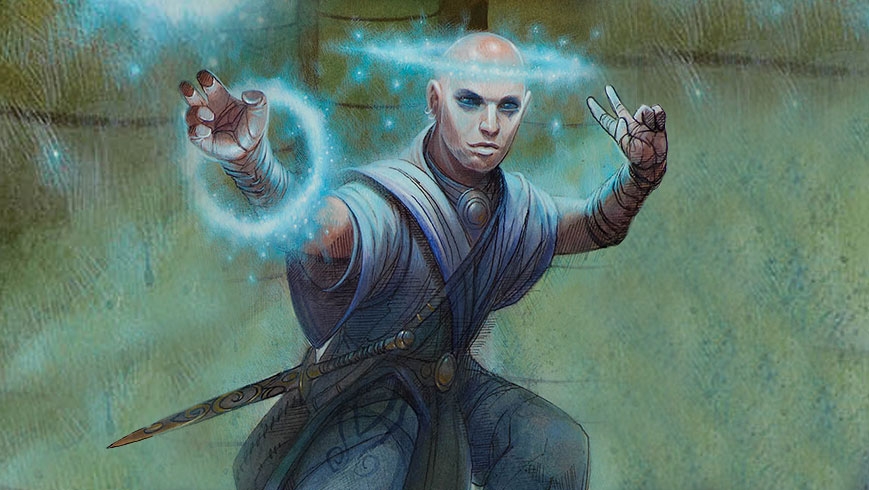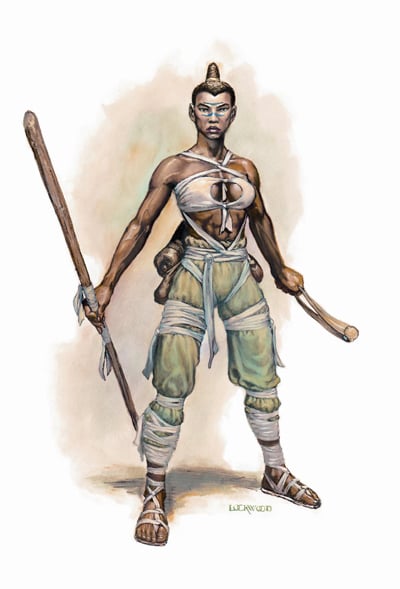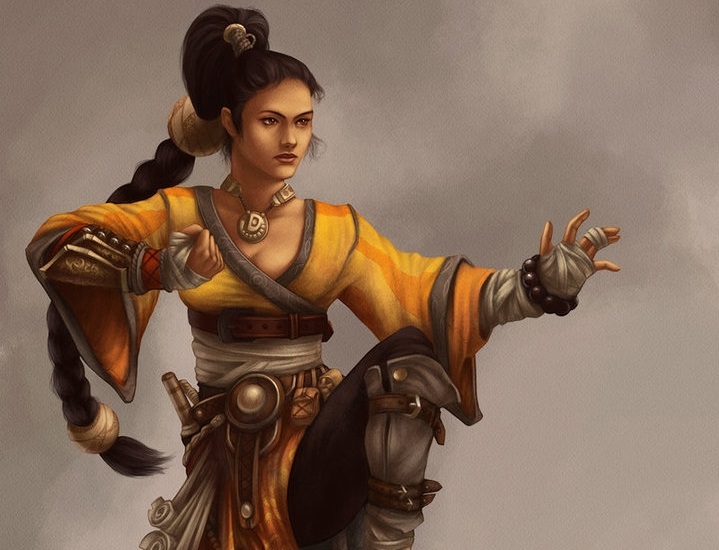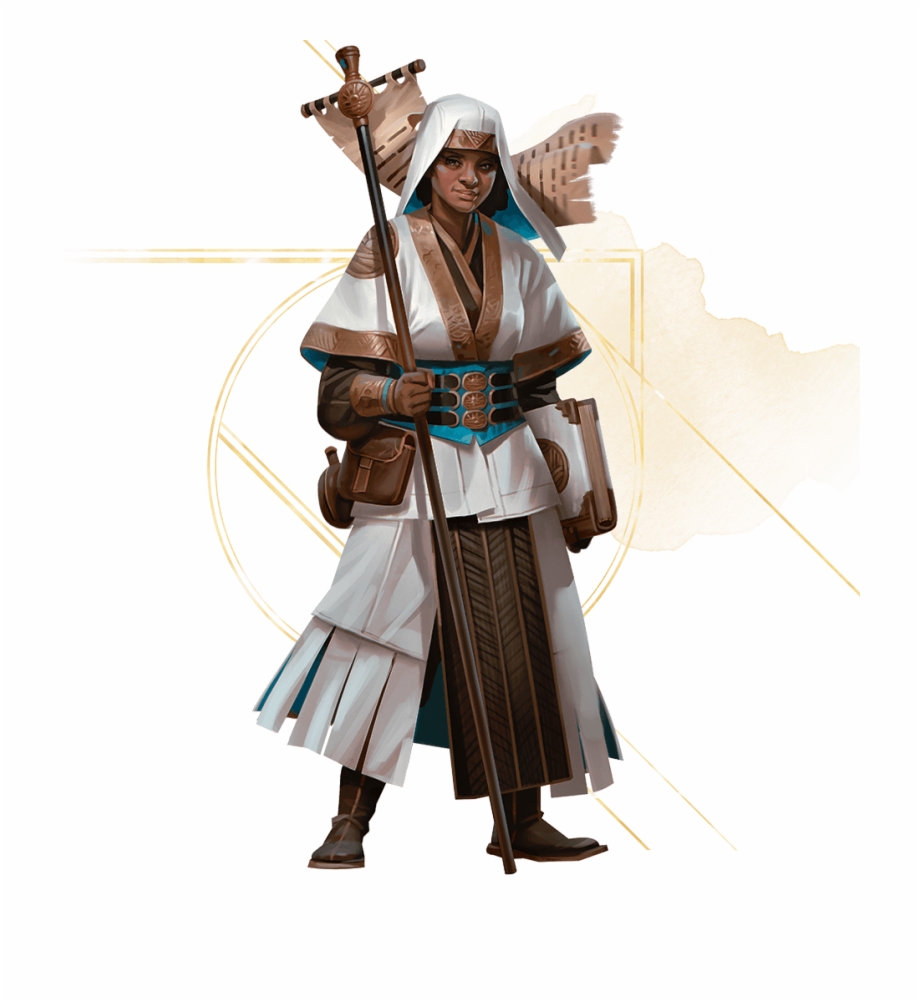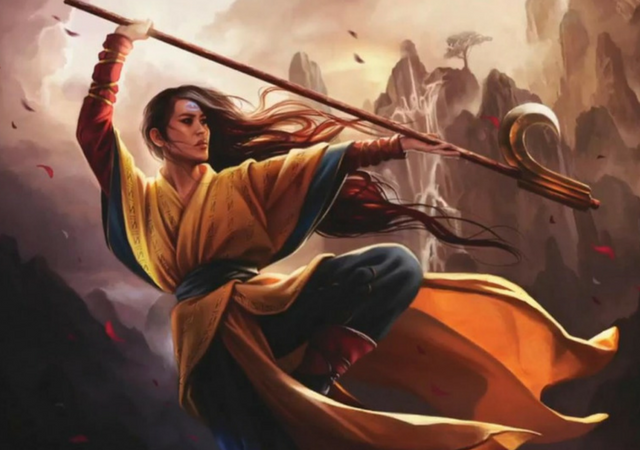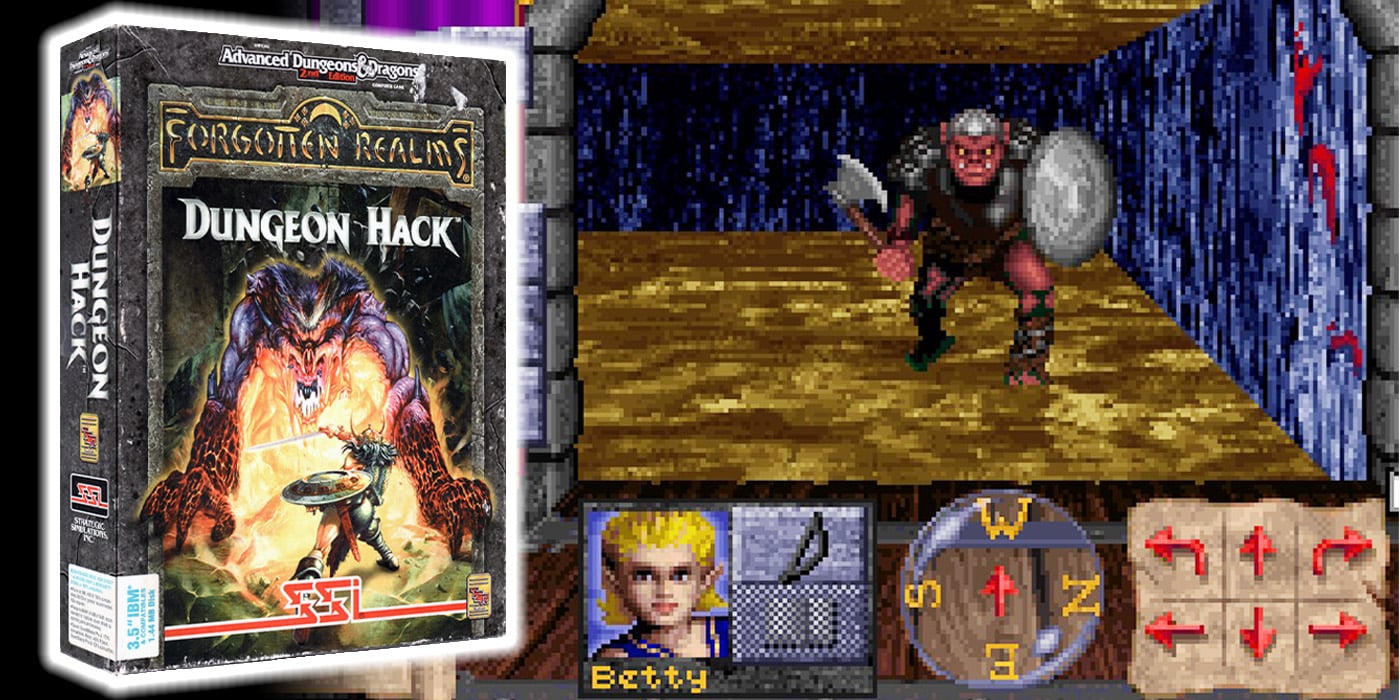D&D 5e Guide – How to Play a Monk
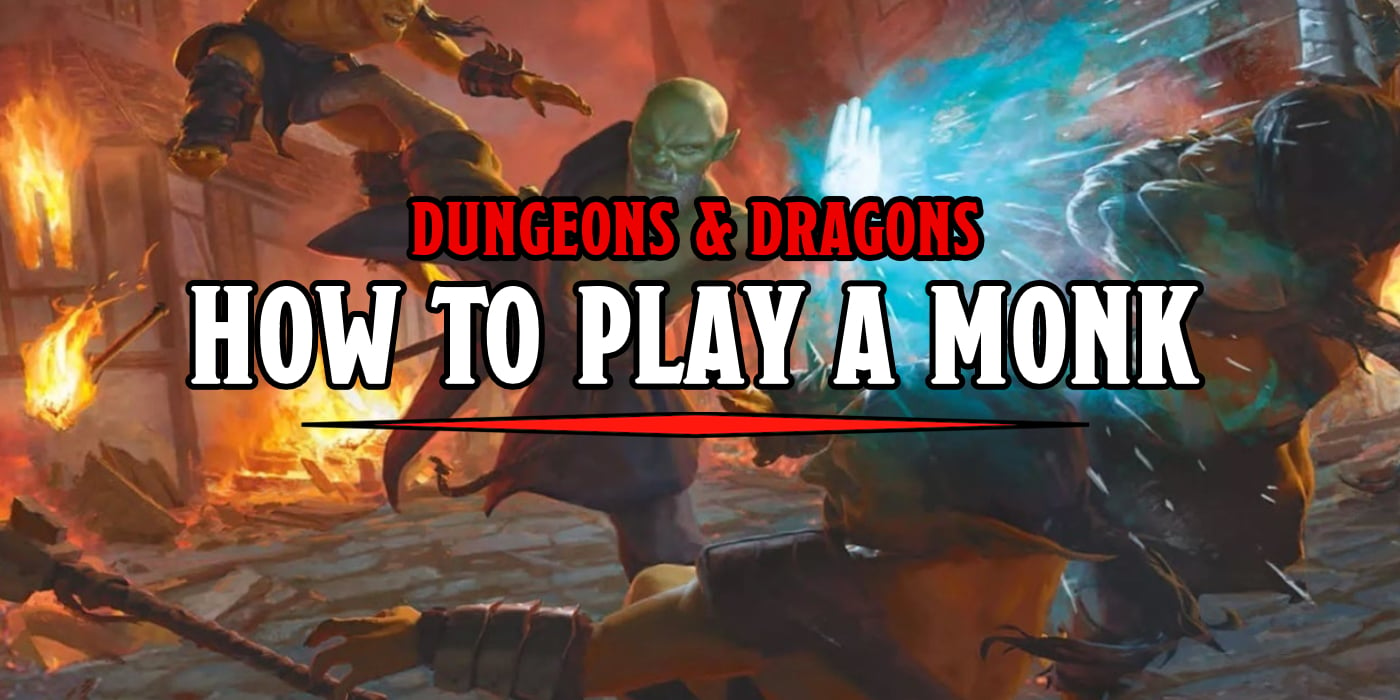
Masters of unarmed combat and martial techniques, monks can be fun to play. With a ton of archetypes to dig through, there’s no wrong way to play a monk in 5E.
Monks in 5E D&D are an interesting blend of martial arts, magic, and mobility. Using a unique resource that no other class has, Ki power, they have access to some powerful abilities, but their power has some strict limits. Playing a monk is all about figuring out when to hold and when to jam on the gas and stunlock the big enemy NPC so your party can shut it down.
Everything after that is gravy. Monks have a lot of flexibility in their classes. Before we even get to the different archetypes, monks’ basic abilities make them excellent brawlers. Like most nonmagical classes, they excel at doing a lot of damage to one foe, and with their innate mobility, they can pretty handily reach softer targets like spellcasters to disrupt them with a well-placed stunning fist. And thanks to their unarmored defense and martial arts features, they can make dexterity do all the work for them (with a bit of Constitution or Wisdom as 2nd and 3rd) meaning they’ll hit often and hard, and be hard to hit in return.
Their other powers can help boost their resilience too. It all depends on what you do with your bonus action. Playing a monk is all about what you do with that bonus action. Most monks can use it to make a follow-up unarmed strike after an attack.
And starting at 2nd level, you have even more options now that you have ki points available to you. You can spend ki to:
- Make two attacks as a bonus action.
- Take the dodge action as a bonus action.
- Take the dash or disengage action as a bonus action.
These last two offer some surprising flexibility. If you’re fighting a hard-hitting opponent, you can attack them and still use dodge to give them disadvantage when attacking you, or you can spend a point of ki to engage a distant target or escape a melee target without fear of reprisal.
Of course, you’re limited by the number of ki points you have. It’s a small pool, and it’s unlike any other resource in D&D. You regain all your ki after any test, so you’re always only an hour away from being able to use your abilities, but it can make a difference.
Of course, as you gain more power, you gain new abilities–there’s a new one at almost every level for Monks in 5E. While we can’t take you through them all, the biggest ones are abilities like a stunning fist, which lets you stun an enemy, preventing them from acting. It’s important to remember that you can just do this as a part of any regular attack, so you can pretty much always be doing this.
The rest of your monk powers come from your archetype, so let’s take a look at those below.
For practitioners of the Way of the Astral Self, the body is an illusion, a mere vessel for the true self, the astral self, and careful practice allows them to call forth this perfected self on the material plane. It plays quite differently from other monks. You summon aspects of your astral self that give you extra abilities. Abilities like making extra attacks, and at range, or gaining advantage on Insight or Intimidation checks. If you want to power up during the fight, this is the subclass for you.
The Way of the Drunken Master might be my personal favorite Monk subclass out there. They double down on the already considerable mobility of monks. And they feel like a different sort of martial artist than the other classes. If you like frenetic action and want to feel like you have interesting decisions to make at every step of the combat, the Drunken Master is the way to go. With their ability to redirect missed attacks (especially easy with dodges), they can hang on the frontline and make more attacks than anyone. Anyone.
The Way of the Four Elements is sometimes called the Avatar subclass. And it’s easy to see why. You gain the ability to use your ki to fuel elemental effects. Some of which emulate spells or create other magical effects. However, this one is perhaps the trickiest monk to use. The secret to a Four Elements character is to know when to use your costly elemental abilities and when not to. They’re perfect situationally, and you’ve got the ability to make sure those situations come up. But if you blow through abilities in every fight, you’ll run out of ki. That can leave you in a bad spot. This monk can be fun, but you’ll be constantly struggling against your small ki pool.
Monks on the Path of the Kensei are consummate fighters. They specialize in using extra weaponry, making weapons like longswords or longbows into monk weapons and focusing on their use. These Monks can do some of the best ranged damage in the game. They can also mix it up in the melee. Their agile parry gives them a little extra defensive benefit above and beyond the normal Unarmored Defense. Pick this subclass if you want to be flexible but fight without having to worry about your ki as much as other monks in 5E.
The Way of Mercy is one of the newest and most interesting reinterpretations of the monk. They’re sometimes considered bringers of both life and death. And it’s no wonder why. They wear special masks and can manipulate the life force of others to heal or harm. Practically speaking, this means you can heal your allies with a touch.
You can also add it off of a flurry of blows to help redirect life energy in a fight. You can also deal extra damage, meaning you can burn an opponent down quickly. At higher levels, you’ll be able to remove conditions and become an even more powerful support. Pick this subclass if you want to play a monk who’s as much a healer as they are a warrior.
Way of the Open Hand Monks have some powerful hand-to-hand techniques. This subclass is very much about controlling the battlefield. You’ll never be just attacking. Your status means you always have a special effect that will help set up your allies for victory. You can really dictate the flow of the fight with these characters. You’ll be able to knock opponents prone or deprive them of reactions.
Monks who walk the Way of Shadow are a stealthy blend of skill, finesse, and escape cards. They are consummate sneaks. If you want to get into places you don’t belong, the Way of the Shadow is the way for you. Easy access to invisibility and/or other stealth-enhancing skills come in handy, especially with your ki abilities. You’ll always have the drop on at least one enemy before you have to rest up and recharge.
Finally, those monks on the Way of the Sun Soul are radiant blasters–they take the close-up fighting game power of other Monks in 5E and transform it into a ranged sort of combatant who’s just as mobile, and capable of keeping themselves alive.
Happy adventuring!

